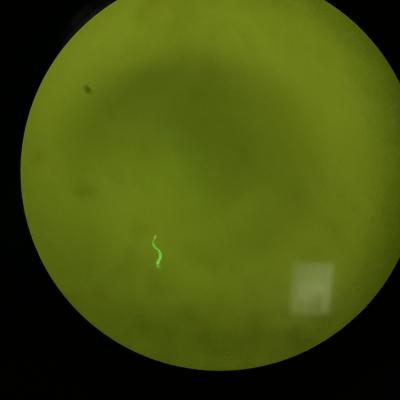Poster Presentation
Circular RNA
Public Summary
The nonsense-mediated mRNA decay (NMD) is a cellular RNA surveillance pathway which plays a major role in quality assessment of the transcriptome and has been directly linked to healthy aging in the roundworm Caenorhabditis elegans. The NMD effectively degrades aberrant transcripts containing a premature termination codon (PTC – defined as a stop codon located 50-55 nucleotides upstream of an mRNA’s canonical stop codon) by recruiting the decay factors SMG-5, SMG-6, and SMG-7. In addition to downregulating the expression of PTC-containing transcripts, the NMD pathway also functions in regulating the expression of normal linear transcripts, especially those subject to alternative splicing. Nearly all eukaryotic multi-exon genes produce multiple mRNA isoforms and a large class of covalently closed RNA molecules called circular RNAs through an event called back-splicing. Work from our lab have linked the loss of an individual and age-accumulated circRNA derived from the crh-1/CREB gene in aging animals to the onset of age-related disorders and a reduction of mean lifespan (Knupp et al., 2022, Aging Cell). The hypothesis of this study is that NMD-deficient animals accumulate higher levels of circRNAs compared to wild-type controls, and that the NMD-mediated circRNA abundance contributes to aging.

